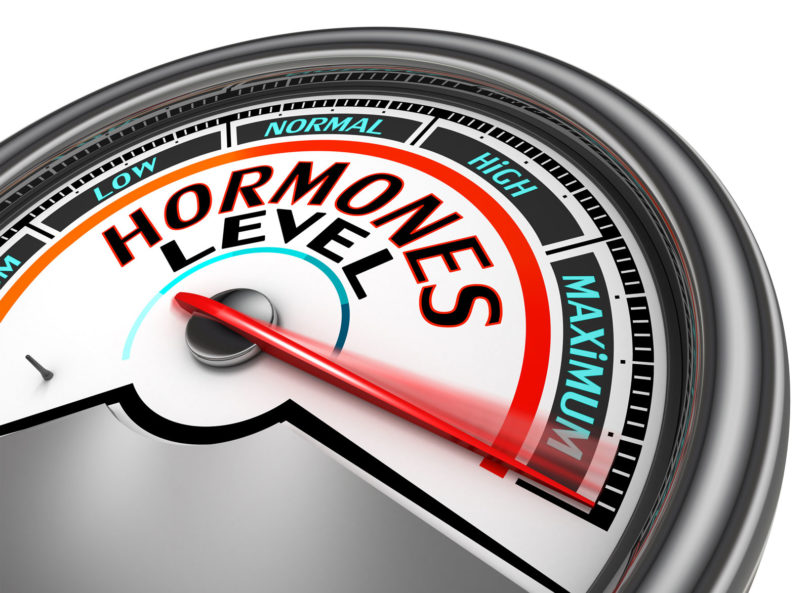Testosterone begins to decline at age 30 by 1-2 percent per year. Symptoms of low T include fatigue, irritability, depression, low sex drive, erectile dysfunction, decreased mental clarity, memory loss, poor concentration, decreased exercise tolerance, loss of vitality, joint pain, decreased muscle mass, loss of body hair, and increase in fat with increasing abdominal circumference.
Medical conditions associated with low T include obesity, diabetes, hypertension, hyperlipidemia, atherosclerosis, cardiovascular disease, asthma/COPD, low bone mineral density with increased fracture risk, memory loss and cognitive decline.
Testosterone replacement has been shown to benefit obesity, metabolic syndrome/diabetes, heart disease, hypertension, inflammation, sleep, muscle mass and strength. Testosterone also plays a major role in brain function; testosterone replacement therapy can improve depression, apathy, drive, motivation, focus and memory, and has shown some reversal of cognitive dysfunction in men.
Although there are several methods of testosterone replacement, Bio-Identical Pellet Therapy is safe and is the most effective. With pellet therapy, testosterone is automatically secreted into the bloodstream in small amounts throughout the day. Whenever the body’s testosterone requirement increases due to mental or physical stress, the pellets are always available in correct amounts.







